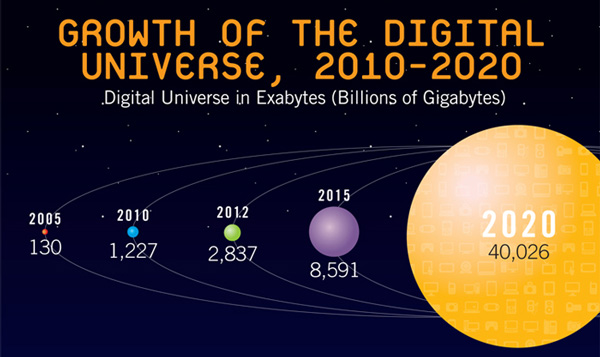You can tell when a technology is becoming increasingly important – when old adversaries suddenly start working together to exploit the opportunity. The old proverb “my enemy’s enemy is my friend” certainly came to mind when Oracle recently announced agreements with long-time protagonists Microsoft and Salesforce.com.
Before you think the world has stopped turning, or this is a late April fool’s joke, these are very specific agreements concerned with expanding Oracle’s Cloud offerings but also provide significant benefit the other way.
Microsoft
The Microsoft partnership seems to be in response to the threat being posed to both organisations traditional business by newer, Internet-focused operations that can offer more responsive and less expensive services than the more established computing giants.
Under the agreement both companies are working together to make their solutions more compatible. In particular, it will enable organisations to run Oracle software (Java, Oracle database, WebLogic server and Oracle Linux) on 2 specific Microsoft solutions: Windows Azure – the cloud computing platform and infrastructure, and Windows Server Hyper-V – platform virtualisation. This will be backed up by new certifications for resellers and expanded support by both parties.
Salesforce.com
The separate deal with Salesforce.com, commits them to standardising their offerings on the Oracle Linux OS, database, Java middleware platform and Exadata database appliance. In return Oracle is going to integrate Salesforce.com with its Fusion HCM and Financial Cloud,
While these alliances are generally viewed as a win-win scenario, there are a few more sceptical analysts who think Microsoft will be the big winners as it will help them in their battle with VMware. Time will tell who is right!





